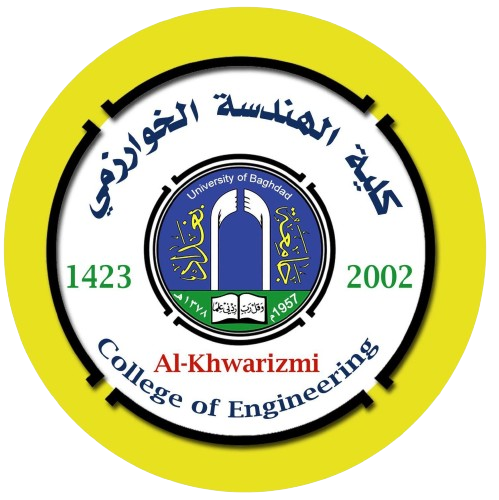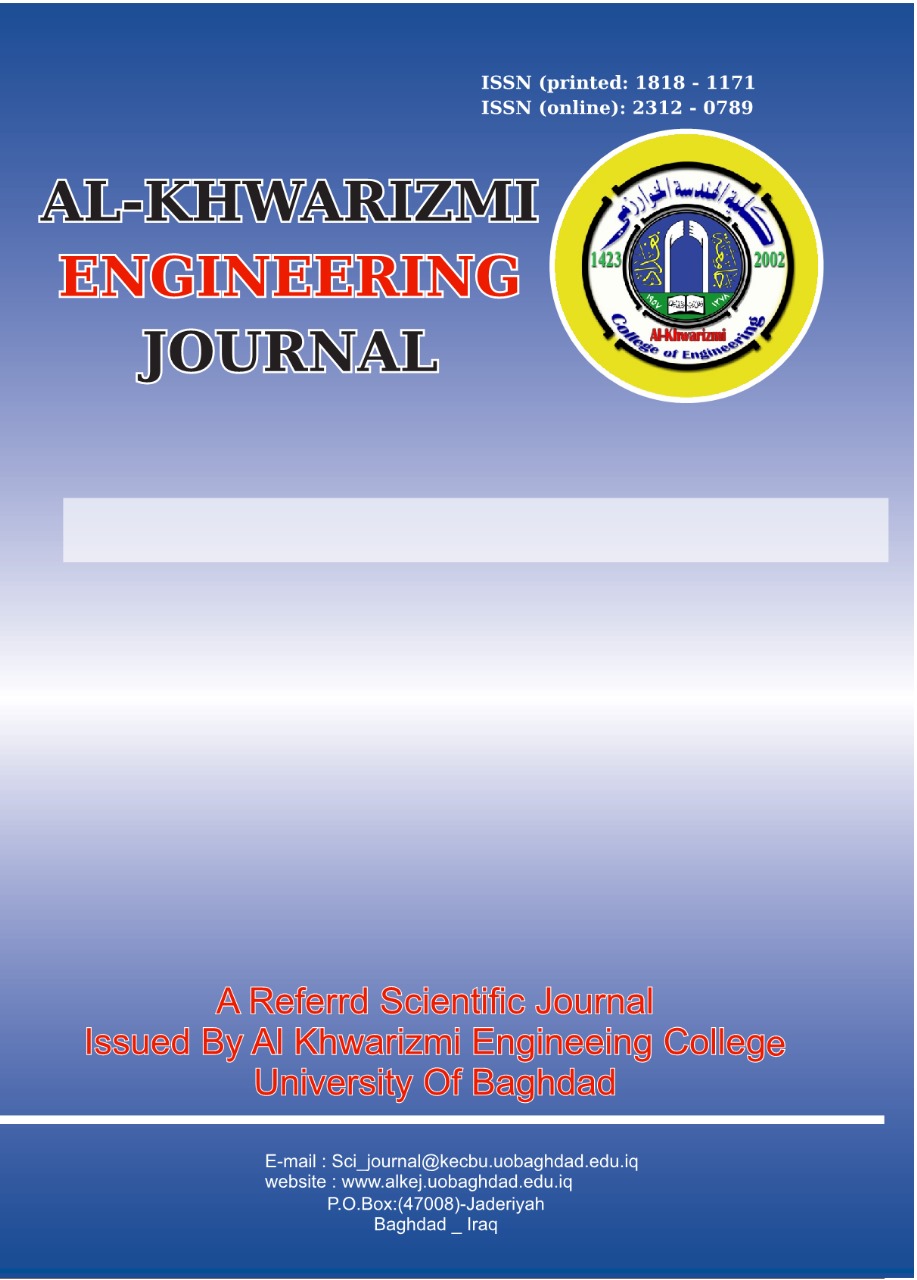الملخص
تمتلك عملية تقسيم الصور دورًا هامًا في التخطيط الافتراضي وتنفيذ وتقييم الإجراءات الجراحية في مجال جراحة الجمجمة والفكين. تهدف هذه المراجعة النظامية إلى تقييم ومقارنة برامج تقسيم الصور المستخدمة بشكل متكرر في ميدان جراحة الجمجمة والفكين. تم استخدام استراتيجية بحث دقيقة للتعرف على الدراسات المناسبة عبر عدة قواعد بيانات، باستخدام معايير الاختيار المحددة والكلمات الرئيسية المحددة. تم استكشاف برامج تقسيم الصور المتنوعة التي تستخدم تقنيات مختلفة، بما في ذلك التجاوز، وطرق الحواف، وطرق المناطق، وطرق التعلم الآلي. تم تحليل النتائج وفقًا لبيان بريسما، حيث كشفت 94 دراسة عن استخدام التخطيط الجراحي الافتراضي (VSP) خلال الفترة من 1 يناير 2014 إلى 1 يونيو 2023. تم إجراء تقييم مؤهل لتلك البرامج باستخدام معايير مثل دقة التقسيم، وسرعة المعالجة، والقوة، وسهولة الاستخدام، وقدرات التكامل. تناولت المراجعة أيضًا التحديات التي تواجهها برامج التقسيم الحالية ورسمت سيناريوهات المستقبل للتطور، بما في ذلك استخدام مقاييس التحقق القياسية وتكامل الذكاء الاصطناعي. تم تحليل 8 برامج مختلفة تستخدم بشكل متكرر. وتم تصنيف الإجراءات الجراحية إلى 7 فئات للتحليل: إعادة بناء الجمجمة، وتجديد الوجه، وجراحة الفكين التجميلية، وإصلاح الإصابات، واستئصال الأورام، وتقويم الشفة والحنك، وزراعة العظام المخصصة للمريض. أظهرت النتائج أن حزمة Materialise كانت الأداة الأكثر انتشارًا لبرامج تقسيم العظام، بنسبة انتشار تبلغ 50%، تليها 3D Slicer. تسلط هذه المراجعة الضوء على الأهمية الرئيسية لتقسيم الصور في جراحة الجمجمة والفكين، وتقدم رؤى قيمة للأطباء والباحثين لاتخاذ قرارات مستنيرة بشأن اختيار واستخدام برامج تقسيم الصور.
المراجع
[1] A. Tel et al., “Current trends in the development and use of personalized implants: engineering concepts and regulation perspectives for the contemporary oral and maxillofacial surgeon,” Applied Sciences, vol. 11, no. 24, p. 11694, Dec. 2021, doi: 10.3390/app112411694.
[2] R. Schmelzeisen, N. ‐c. Gellrich, R. Schoen, R. Gutwald, C. Zizelmann, and A. Schramm, “Navigation-aided reconstruction of medial orbital wall and floor contour in cranio-maxillofacial reconstruction,” Injury-International Journal of the Care of the Injured, vol. 35, no. 10, pp. 955–962, Oct. 2004, doi: 10.1016/j.injury.2004.06.005.
[3] T. S. Oh, W. S. Jeong, T. J. Chang, K. H. Koh, and J.-W. Choi, “Customized orbital wall reconstruction using Three-Dimensionally Printed rapid Prototype model in patients with orbital wall fracture,” Journal of Craniofacial Surgery, vol.27, no. 8, pp. 2020–2024, Nov. 2016, doi: 10.1097/scs.0000000000003195.
[4] S. Sembronio, A. Tel, and M. Robiony, “Protocol for fully digital and customized management of concomitant temporomandibular joint replacement and orthognathic surgery,” International Journal of Oral and Maxillofacial Surgery, vol. 50, no. 2, pp. 212–219,Feb. 2021, doi: 10.1016/j.ijom.2020.04.004.
[5] A. Tel, F. Tuniz, S. Fabbro, S. Sembronio, F. Costa, and M. Robiony, “Computer-Guided In-House Cranioplasty: Establishing a novel standard for cranial reconstruction and proposal of an updated protocol,” Journal of Oral and Maxillofacial Surgery, vol. 78, no. 12, p. 2297.e1-2297.e16, Dec. 2020, doi: 10.1016/j.joms.2020.08.007.
[6] D. Steybe et al., “Automated segmentation of head CT scans for computer-assisted craniomaxillofacial surgery applying a hierarchical patch-based stack of convolutional neural networks,” International Journal of Computer Assisted Radiology and Surgery, vol. 17, no.11,pp.2093–2101,Jun. 2022, doi: 10.1007/s11548-022-02673-5.
[7] M. Longeac, A. Depeyre, B. Pereira, I. Barthélémy, and N. P. Dang, “Virtual surgical planning and three-dimensional printing for the treatment of comminuted zygomaticomaxillary complex fracture,” Journal of Stomatology, Oral and Maxillofacial Surgery, vol. 122, no. 4, pp. 386–390, Sep. 2021, doi: 10.1016/j.jormas.2020.05.009.
[8] T. F. Cootes, A. Hill, C. J. Taylor, and J. Haslam, “The use of active shape models for locating structures in medical images,” in Springer eBooks, 2005, pp. 33–47. doi: 10.1007/bfb0013779.
[9] [9] A. Tel, L. Arboit, M. De Martino, M. Isola, S. Sembronio, and M. Robiony, “Systematic review of the software used for virtual surgical planning in craniomaxillofacial surgery over the last decade,” International Journal of Oral and Maxillofacial Surgery, vol. 52, no. 7, pp. 775–786, Jul. 2023, doi: 10.1016/j.ijom.2022.11.011.
[10] [10]M. Longeac, A. Depeyre, B. Pereira, I. Barthélémy, and N. P. Dang, “Virtual surgical planning and three-dimensional printing for the treatment of comminuted zygomaticomaxillary complex fracture,” Journal of Stomatology, Oral and Maxillofacial Surgery, vol. 122, no. 4, pp. 386–390, Sep. 2021, doi: 10.1016/j.jormas.2020.05.009.
[11] [11] H. Kim et al., “Three-dimensional orbital wall modeling using paranasal sinus segmentation,” Journal of Cranio-Maxillofacial Surgery, vol. 47, no. 6,pp.959967,Jun.2019,doi:10.1016/j.jcms.2019.03.028.
[12] [12] R. C. W. Goh, C. N. Chang, C. L. Lin, and L. J. Lo, “Customised fabricated implants after previous failed cranioplasty,” Journal of Plastic, Reconstructive & Aesthetic Surgery, vol. 63, no. 9, pp.14791484,Sep.2010,doi:10.1016/j.bjps.2009.08.010.
[13] [13] A. M. ‐l. Wong, M. S. Goonewardene, B. Allan, A. Mian, and A. Rea, “Accuracy of maxillary repositioning surgery using CAD/CAM customized surgical guides and fixation plates,” International Journal of Oral and Maxillofacial Surgery, vol. 50, no. 4,pp.494500,Apr.2021,doi:10.1016/j.ijom.2020.08.009.
[14] [14] F. Goormans et al., “Accuracy of computer-assisted mandibular reconstructions with free fibula flap: Results of a single-center series,” Oral Oncology, vol. 97, pp. 69–75, Oct. 2019, doi: 10.1016/j.oraloncology.2019.07.022.
[15] J. Varghese and J. S. Saleema, “Review on Segmentation of Facial Bone Surface from Craniofacial CT Images,” in Lecture notes on data engineering and communications technologies, 2022, pp. 717–738. doi: 10.1007/978-981-19-0898-9_55.
[16] S. Pare, A. Kumar, G. K. Singh, and V. Bajaj, “Image Segmentation using Multilevel Thresholding: A research review,” Iranian Journal of Science and Technology, Transactions of Electrical Engineering, vol. 44, no. 1, pp. 1–29, Aug. 2019, doi: 10.1007/s40998-019-00251-1.
[17] X. Lin et al., “Micro–Computed Tomography–Guided artificial intelligence for pulp cavity and tooth segmentation on cone-beam computed tomography,” Journal of Endodontics, vol. 47, no. 12, pp. 1933–1941, Dec. 2021, doi: 10.1016/j.joen.2021.09.001.
[18] K. Ramesh, G. Kumar, K. Swapna, D. Datta, and S. D. S. Rajest, “A review of Medical Image Segmentation Algorithms,” EAI Endorsed Transactions on Pervasive Health and Technology, p. 169184,Jul.2018, doi:10.4108/eai.12-4-2021.169184.
[19] I. Qureshi et al., “Medical image segmentation using deep semantic-based methods: A review of techniques, applications and emerging trends,” Information Fusion, vol. 90, pp. 316–352, Feb. 2023, doi:10.1016/j.inffus.2022.09.031.
[20] B. Chen, L. Zhang, H. Chen, K. Liang, and X. Chen, “A novel extended Kalman filter with support vector machine-based method for the automatic diagnosis and segmentation of brain tumors,” Computer Methods and Programs in Biomedicine, vol. 200, p. 105797, Mar. 2021, doi: 10.1016/j.cmpb.2020.105797.
[21] F. Abdolali, R. A. Zoroofi, Y. Otake, and Y. Sato, “A novel image-based retrieval system for characterization of maxillofacial lesions in cone beam CT images,” International Journal of Computer Assisted Radiology and Surgery, vol. 14, no. 5, pp. 785–796, Mar. 2019, doi: 10.1007/s11548-019-01946-w.
[22] P. Roongruangsilp and P. Khongkhunthian, “The Learning Curve of Artificial Intelligence for Dental Implant Treatment Planning: A Descriptive Study,” Applied Sciences, vol. 11, no. 21, p. 10159, Oct. 2021, doi: 10.3390/app112110159.
[23] K. Slim, É. Nini, D. Forestier, F. Kwiatkowski, Y. Panís, and J. Chipponi, “Methodological index for non‐randomized studies (MINORS): development and validation of a new instrument,” ANZ Journal of Surgery, vol. 73, no. 9, pp. 712–716, Sep. 2003, doi: 10.1046/j.1445-2197.2003.02748.x.
[24] A. Lo Giudice et al., “One Step before 3D Printing—Evaluation of Imaging Software Accuracy for 3-Dimensional Analysis of the Mandible: A Comparative Study Using a Surface-to-Surface Matching Technique,” Materials, vol. 13, no. 12, p. 2798, Jun. 2020, doi: 10.3390/ma13122798.
[25] M. Zhao et al., “Craniomaxillofacial Bony Structures Segmentation from MRI with Deep-Supervision Adversarial Learning,” in Lecture Notes in Computer Science, 2018, pp. 720–727. doi: 10.1007/978-3-030-00937-3_82.
[26] B, K., & M, V. (2019). Edge based segmentation in medical images. International Journal of Engineering and Advanced Technology, 9(1), 449–451. https://doi.org/10.35940/ijeat.a9484.109119
[27] F. Gremse, M. Stärk, J. Ehling, J. Menzel, and T. Lammers, “Imalytics Preclinical: Interactive Analysis of Biomedical Volume data,” Theranostics, vol. 6, no. 3, pp. 328–341, Jan. 2016, doi: 10.7150/thno.13624.
[28] F. Greco, R. Salgado, W. Van Hecke, R. Del Buono, P. M. Parizel, and C. A. Mallio, “Epicardial and pericardial fat analysis on CT images and artificial intelligence: a literature review,” Quantitative Imaging in Medicine and Surgery, vol. 12, no. 3, pp. 2075–2089, Mar. 2022, doi: 10.21037/qims-21-945.
[29] F. Gelaude, J. V. Sloten, and B. Lauwers, “Accuracy assessment of CT-based outer surface femur meshes,” Computer Aided Surgery, vol. 13, no. 4,pp.188199,Jan.2008,doi:10.3109/10929080802195783.
[30] I. Nyström, J. Nysjö, A. Thor, and F. Malmberg, “BoneSplit - a 3D painting tool for interactive bone segmentation in CT images,” in Communications in computer and information science, 2017, pp. 3–13. doi: 10.1007/978-3-319-54220-1_1.
[31] M. E. Elbashti, A. M. Aswehlee, C. T. Nguyen, B. Ella, and A. Naveau, “Technical Protocol for Presenting Maxillofacial Prosthetics Concepts to Dental Students using Interactive 3D Virtual Models within a Portable Document Format,” Journal of Prosthodontics, vol. 29, no. 6, pp. 546–549, Jun. 2020, doi: 10.1111/jopr.13210.
[32] J. Zhang et al., “Context-guided fully convolutional networks for joint craniomaxillofacial bone segmentation and landmark digitization,” Medical Image Analysis, vol. 60, p. 101621, Feb. 2020, doi: 10.1016/j.media.2019.101621.
[33] N. V. Shree and T. N. R. Kumar, “Identification and classification of brain tumor MRI images with feature extraction using DWT and probabilistic neural network,” Brain Informatics, vol. 5, no. 1, pp. 23–30, Jan. 2018, doi: 10.1007/s40708-017-0075-5.
[34] Y. Kang, X. Shan, L. Zhang, and Z. Cai, “[Postoperative position change of fibular bone after reconstruction of maxillary defect using free fibular flap].,” PubMed, vol. 52, no. 5, pp. 938–942, Oct. 2020, [Online]. Available: https://pubmed.ncbi.nlm.nih.gov/33047733
[35] R. Sasaki and M. Rasse, “Mandibular reconstruction using ProPlan CMF: A review,” Craniomaxillofacial Trauma & Reconstruction Open, vol. 1, no. 1, p. s-1606835, Jan. 2017, doi: 10.1055/s-0037-1606835.
[36] A. S. Ding et al., “A Self‐Configuring deep learning network for segmentation of temporal bone anatomy in Cone‐Beam CT imaging,” Otolaryngology-Head and Neck Surgery, vol. 169, no. 4, pp. 988–998, Mar. 2023, doi: 10.1002/ohn.317.

هذا العمل مرخص بموجب Creative Commons Attribution 4.0 International License.
الحقوق الفكرية (c) 2025 مجلة الخوارزمي الهندسية





